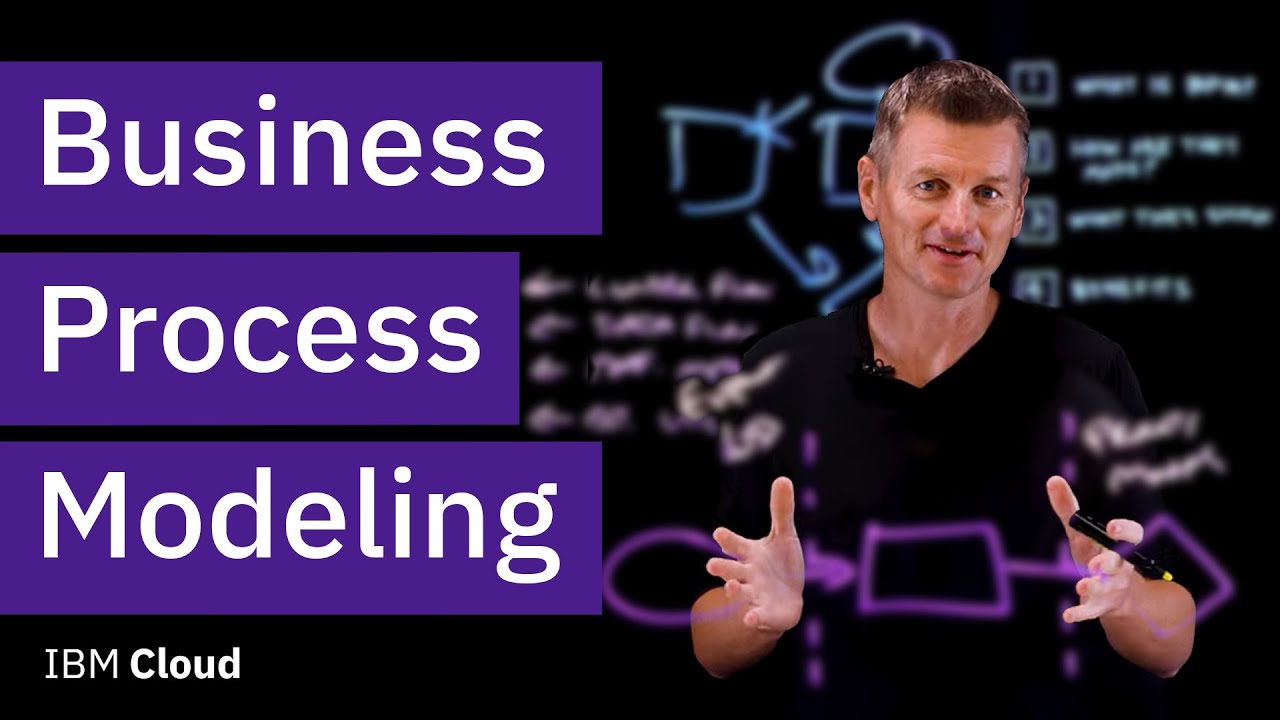Business process modeling is a powerful tool used to improve business operations. It involves creating a graphical representation of a company’s processes, from start to finish. The goal is to identify areas of improvement, eliminate waste, and maximize efficiency. This article will explain what business process modeling is, why it is important, and how it can be used to improve business operations.
What is Business Process Modeling?
Business process modeling is the process of visually representing the activities, tasks, and decisions that are involved in completing a business process. It involves analyzing the steps involved in completing a process and then creating a graphical representation of those steps. This representation can then be used to identify areas of improvement, eliminate waste, and optimize efficiency.
Business process modeling is typically done using a flowchart or a diagram. Flowcharts are used to show the sequence of tasks and the relationships between them. Diagrams are used to show the various activities and decisions involved in a process. Both of these techniques can be used to illustrate how a process works and can be used to identify areas for improvement.
Why is Business Process Modeling Important?
Business process modeling is an important tool for improving business operations. It helps to identify areas of waste and inefficiency, and provides a way to optimize processes and improve efficiency. By creating a graphical representation of a process, it is easier to visualize how the process works and identify areas that can be improved.
Business process modeling can also be used to identify potential risks and opportunities. By understanding how a process works, it is possible to identify areas where errors may occur or opportunities may be overlooked. This can help to reduce the risk of errors and increase the likelihood of success.
How Can Business Process Modeling Be Used to Improve Business Operations?
Business process modeling can be used to improve business operations in a number of ways. Here are some of the most common uses:
- Identifying areas of improvement: By creating a graphical representation of a process, it is easier to identify areas where the process can be improved. This can include reducing steps, eliminating waste, or streamlining the process.
- Identifying potential risks and opportunities: By understanding how a process works, it is possible to identify potential risks and opportunities that may be overlooked. This can help to reduce the risk of errors and increase the likelihood of success.
- Improving efficiency: By understanding how a process works, it is possible to identify areas where efficiency can be improved. This can include reducing the number of steps, streamlining the process, or eliminating unnecessary steps.
Conclusion
Business process modeling is a powerful tool for improving business operations. It involves creating a graphical representation of a process and then analyzing it to identify areas of improvement, eliminate waste, and maximize efficiency. By understanding how a process works, it is possible to identify potential risks and opportunities that may be overlooked. This can help to reduce the risk of errors and increase the likelihood of success.




